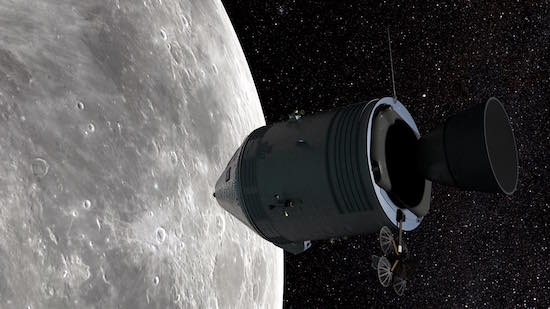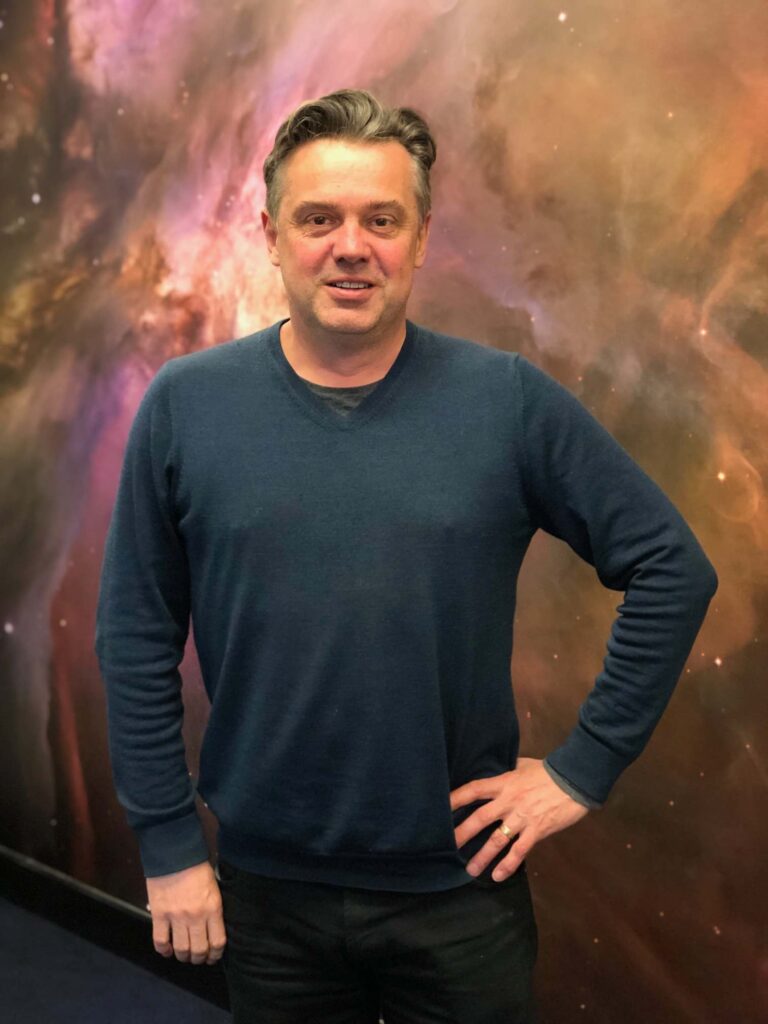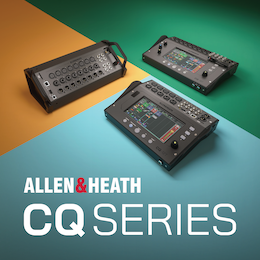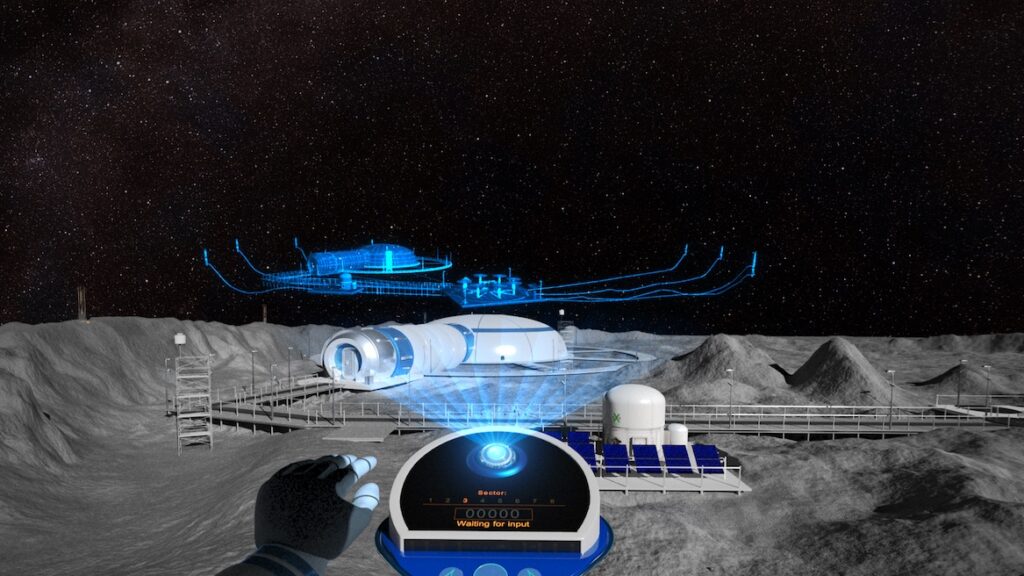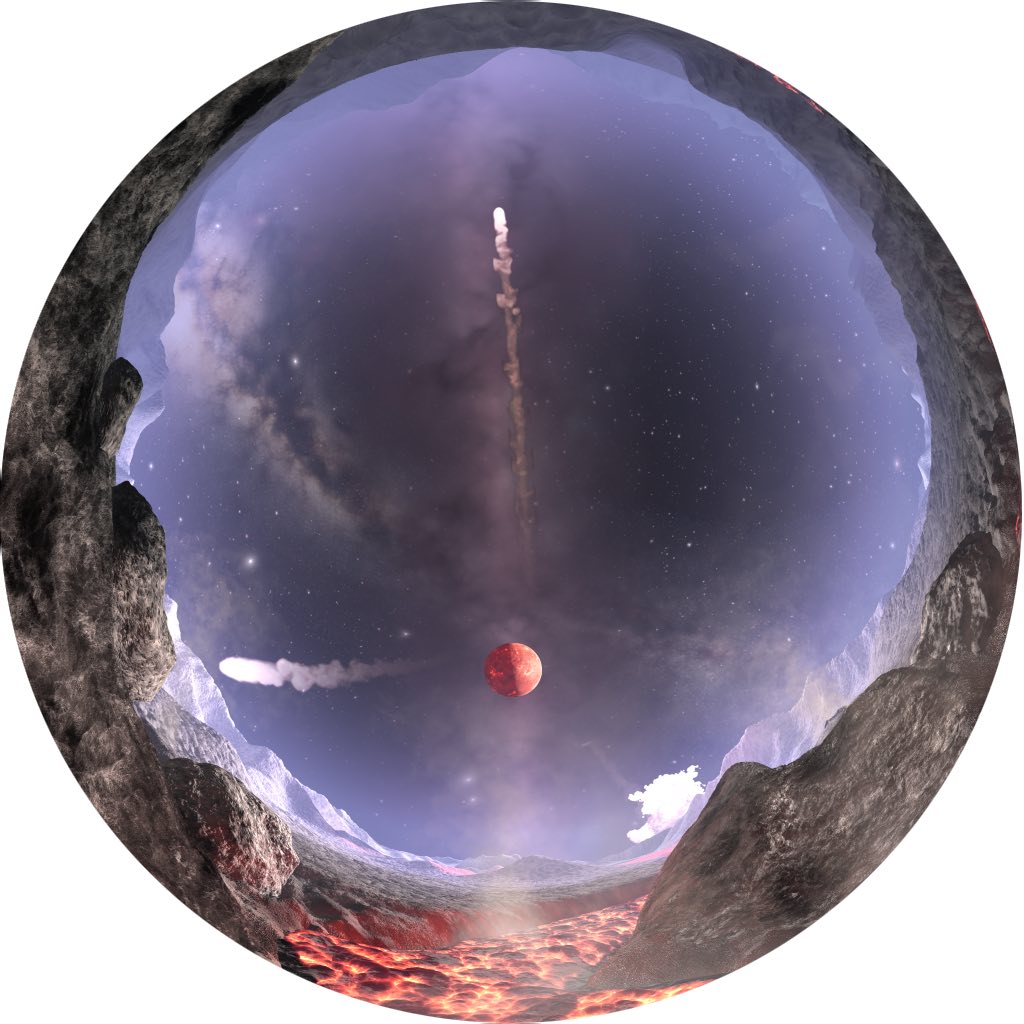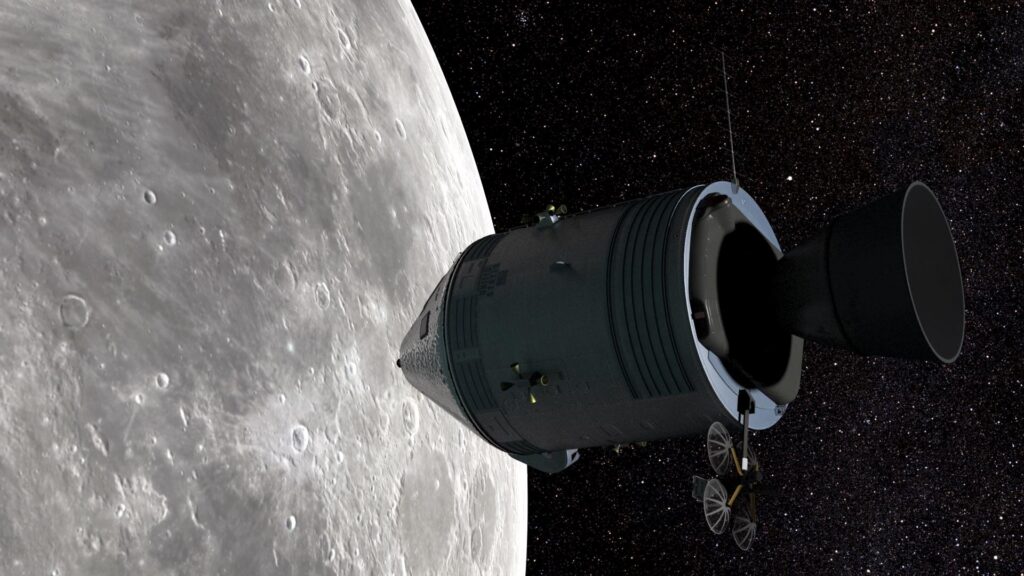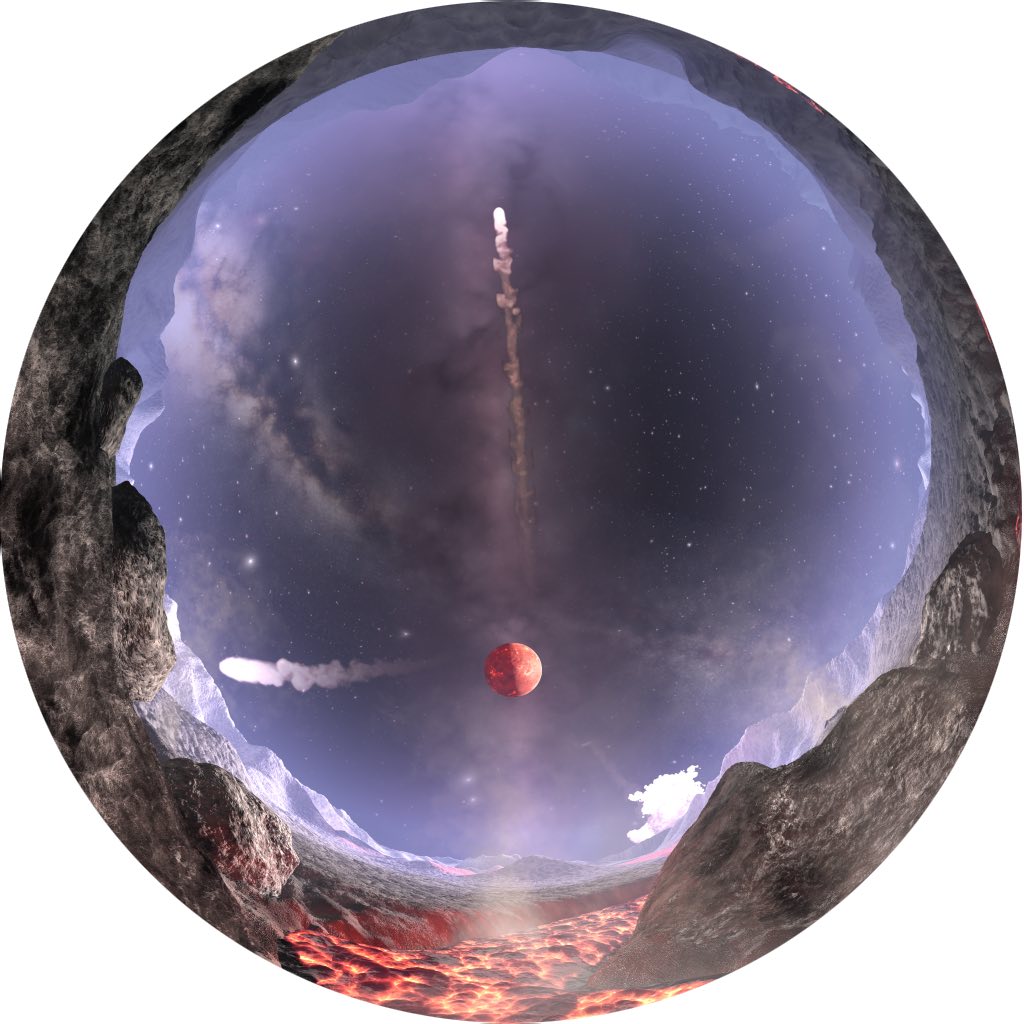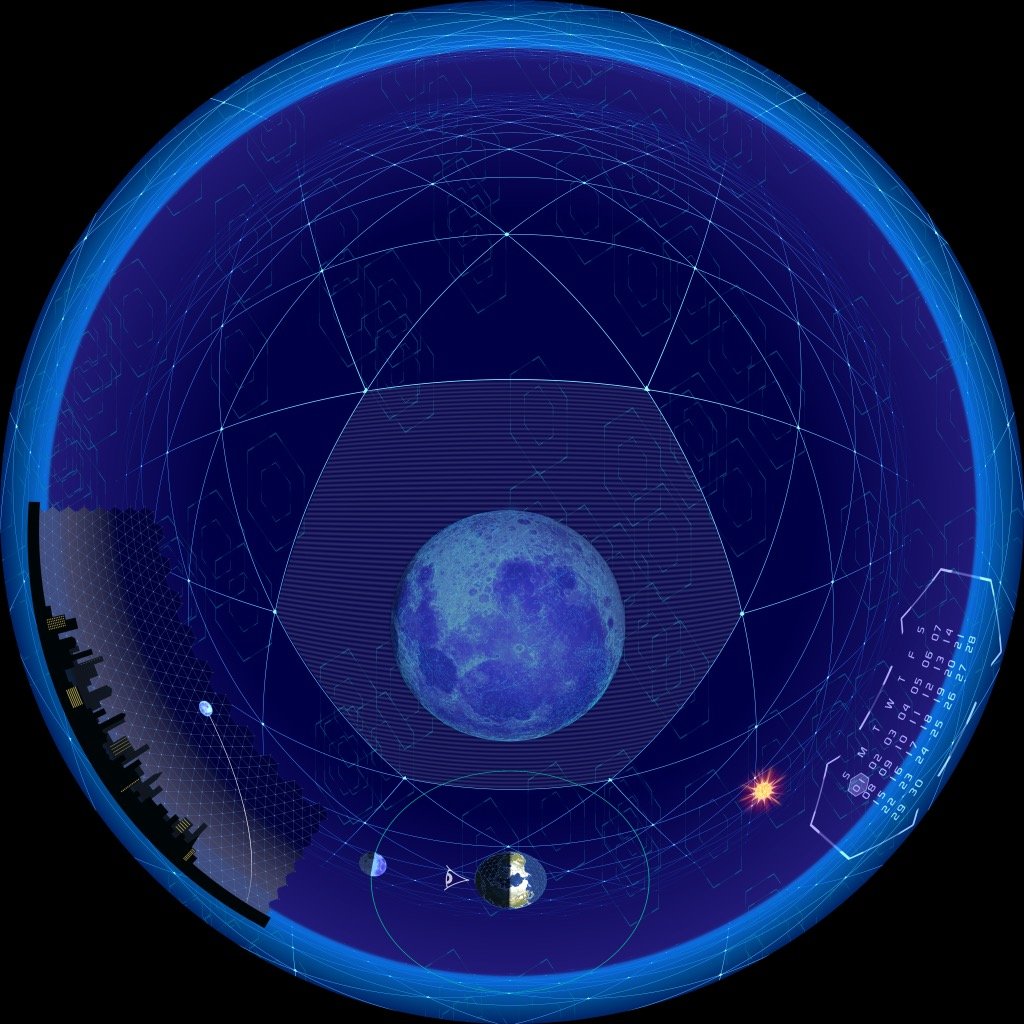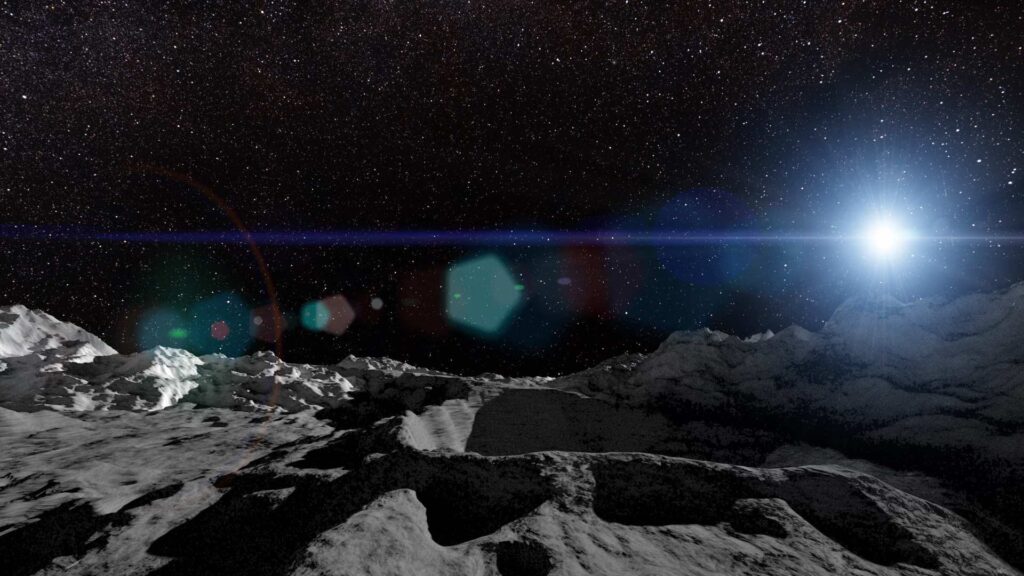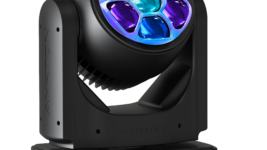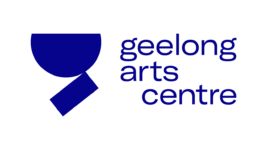Subscribe to CX E-News
INSTALLATION
Scienceworks Planetarium
by John O’Brien.
For over a generation, visitors to Melbourne and science buffs alike have been entertained by the imaginative facilities and exhibits at Scienceworks Museum in Spotswood. One of the most impressive features is the Planetarium and in March 2019, a $1.2 million upgrade debuted new projection and lighting systems.
Originally designed for 250k visitors per annum, the whole complex now sees 500k visitors a year. It is always looking ahead and constantly under improvement. I toured the facility with Warik Lawrance, Melbourne Planetarium Digital Production Designer, and got a good insight on the whole setup.
Warik has been with the venue since 2005 and is obviously passionate about the cinematic aspects of projection, video and associated technologies. In that time, he has been 3D animator, designer, director, compositor and editor on eight fulldome films and presided over several major upgrades.
Key moments in Scienceworks history:
1991 – Construction started
1992 – Scienceworks launched to the public
1999 – Melbourne Planetarium opens – E&S Digistar2 Vector Graphic system installed.
2005 – 6 x Barco 909 CRT projectors ended up with 22,000 hours on the lamps!
2013 – Audio and projector upgrade – 7.1 active JBL compact line array and BSS DSP. 2 x JVC 4K D-ILA projectors installed.
2019 – E&S Digistar6 platform and 6 x 4K projectors installed with new lighting system.
The 2019 re-opening of the planetarium also marked the launch of Moonbase ONE, a 28 minute in-house affair, starring self-identified geek culture enthusiast Stephanie “Hex” Bendixsen.
I’d previewed some of the footage on the computer and it is slick and well produced but watching this in the dome was another thing altogether. It was hard not to be impressed by the production and the way it highlighted the unique experience of high end graphics in a hemispherical screen environment.
Planetarium general history
The early planetariums of the 17th Century were nothing more than the sky painted on a dome but technologies have evolved considerably since then. Optical – mechanical projection systems have been around for about 100 years now and are still used in many venues but more are either hybrids
of analogue and digital projection or purely digital, like Scienceworks.
There are now over 3,000 domes worldwide hosting many different projection systems. Once just presenting a simulated display of the night sky, modern digital planetaria offer so much more scope for deeply engaging entertainment.
Astronomy, STEAM (Science, Technology, Engineering, Arts, Maths) education, general entertainment and animation are excellent source material for an all-encompassing arena like this.
Of the five in Australia, Scienceworks Planetarium is the second largest. Accommodating 155 people in layback seats, the immersive setting features an Astro-Tec dome stretching 16 metres from side to side.
2019 Upgrade
At the core of the 2019 enhancements are six Sony VPL GTZ-280 4K Laser Projectors, driven by two 1200 high racks filled by 12 custom Dell server PCs, each loaded with twin Xeon chips and Nvidia Geforce GTX 1080 Ti GPU cards.
A PC gamer’s idea of bliss, the stats are impressive here: 36 million pixels on the screen and 384GB RAM assisting 132GB of GPU power! DisplayPort extenders take outputs direct via fiber to the projectors, which are edge-blended to create a seamless image that covers the large hemispherical projection surface.
My critical technician’s eye tried hard and could barely pick anything amiss! Kudos to Evans and Sutherland (E&S) for building a quality package.
Founded in 1968 by University of Utah professors, David C. Evans and Ivan Sutherland, E&S luminaries moved on to some of the most important areas of computer graphics. E&S’ own involvement in flight simulations led to analogue vector drawing systems in the 70s and 80s – cutting edge stuff back then.
They started branching into dome video systems in that period and remain an industry leader since, evolving their Digistar suite through several major iterations.
The current Digistar6 operating platform is controlled via their Show Builder UI. While the projection system was being installed, the addition of 158 300mm long RGB LED strips augmented cove lighting throughout the dome room.
Installer Bowen Technovation develop their own lighting control software, AstroFXAurora, which interfaces to the in-room Digistar Producer and Workstation UI.
Conveniently dimmed to not bleed on the dome, this workstation gives full operator control of all content and room features. The coolest part of the UI is an XBOX controller, used to navigate through 3D spaces in real time.
I’m sure that the GPUs work hard but the end result is very smooth, if a little vertiginous.
Content Development
The Digistar cloud library gives access to mountains of excellent footage, including plenty of STEAM related presentations – a core feature at Scienceworks. Warik is also in charge of a team producing content internally.
With deep knowledge of the dome environment, they tailor their productions to get the best out of the very capable gear. They are now the largest maker of Fulldome Shows in the Southern Hemisphere, selling over 100 licenses into 20 countries and winning multiple awards along the way.
One recent collaboration with Red Dogs VR is the stunning Carriberrie – a beautifully composed study of indigenous dancers around the country. Shot in VR, the three dimensions fairly leap out of the screen, and the projectors keep it all very sharp.
These compositions take immense effort to realise. Every frame of video is sliced and warped into six output frames (one for each projector) then encoded into a stream to allow a fulldome show.
3ds Max and Adobe Production Suite are the main tools used with a typical animation pipeline of Script, Storyboard, Animatic, Animation, Compositing, Editing, Sound Mix, Post Production. Some documentaries follow more dynamic scripting but whichever methodology, it can take up to 18 months to get the final product ready for screening.
The Future – Where To Next?
In 2013, a BSS London BLU 800 DSP fed audio to the speakers via CobraNet. In 2019, the backbone moved to Dante, with a BLU-DA added. Network points all around the dome enable Dante inputs for performance events and the system is still very competent.
Audio systems are a potential upgrade but that is dependent on budgeting and will happen only when it is feasible. With the projectors now on lease arrangement, who knows? Who also knows what other technologies will mature in the meantime? E&S LED domes are already available and look interesting.
We are all used to funky technology and its wow factor. Installations like this seem to go to another level, leaving me reaching through the grab bag of superlatives to try and convey just how intense it feels to be enveloped in these surroundings.
Visceral, transcendental, mesmerising – and many more – there is so much sensory information for the brain to process that you have to take it all in on an instinctive gut level. I can’t wait to go back to feel the next upgrade.

CX Magazine – Nov 2019 Entertainment technology news and issues for Australia and New Zealand – in print and free online www.cxnetwork.com.au
© CX Media
Subscribe
Published monthly since 1991, our famous AV industry magazine is free for download or pay for print. Subscribers also receive CX News, our free weekly email with the latest industry news and jobs.


